Hidden Natural Treasures Revealed by Invitation of the Rain
Article and photos by Joe Mish
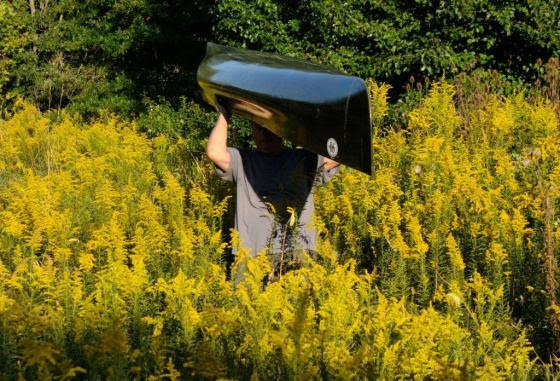
Access to some of the tributaries feeding the North and South Branch of the Raritan River is strictly a trail blazing event. The rewards are worth the effort.
Like a spectacular desert flower that only blooms after a rain, many tributaries of the Raritan river’s North and South Branch suddenly blossom into navigable waterways if only for a brief moment.
These ephemeral watery threads weave though otherwise inaccessible places of pristine beauty and undisturbed wildlife. Visitation is exclusively by invitation of the rain. The chance of appropriate water level matches the odds of winning at roulette. However, the opportunity to enjoy runnable water is increased, as it can occur at any time of the year, unlike many northeast rivers that are seasonally dependent on melting snow and large drainage areas.
One jewel of a stream went a full year before the shadow of my canoe silently passed over its sandy bottom in time with the midsummer freshet racing to the sea. The rarity of such a small stream sojourn increases the value of the experience.
The appearance of an apparition is the best way to describe the transformation of a small tributary into a navigable waterway. Water that lazily followed a convoluted path through a twisting labyrinth of exposed rocks, now flows over them with self-determination. The exposed stream bed is flushed clean of fallen leaves and broken branches while smaller rocks and stones are subtly rearranged into future sand bars and shoals.
For many years I had my eye on a tributary of the South Branch too shallow to run and whose character was totally unknown to me. On these small streams, strainers, trees that span the watercourse from bank to bank can be life threatening, especially in high water with minimal possibility for evasive action. Even on the main course of the North and South branch, strainers have claimed paddlers’ lives.
So, it was with caution that I approached what I considered to be a reasonable water level, after studying the historic stream gauge data. The possibility of another as yet undiscovered eagle nest, was also a consideration in choosing this stream.
While not situated in the wilderness, a solo trip like this, even in central New Jersey, is not to be taken lightly. I checked topo maps as well as aerial views and road maps to confirm my location at any given point.
Though I certainly wasn’t the first to paddle this stream, it sure felt that way. The initial stretch was one of several locations where the water level could be viewed from the road and rarely were the midstream rocks covered with water. Today, however, I floated easily, inches above the largest rocks. Five minutes later I was out of sight, around the first bend and on my way to explore the unknown. A very strange thought to have amid the congestion of central New Jersey; a little kid’s fantasy come to life.
The scenery did not disappoint, hardwood trees dominated the shoreline and formed a wide greenway to serve as a protective margin against runoff from cultivated land and residential properties. The intimacy of the stream’s narrow course bought both banks into view while looking straight ahead.
Bare red shale outcroppings provided a cutaway of the contours seen on the topographic map. Some more dramatic than others.
At the point of highest elevation, through which the stream cut its course, a palisade of red shale stood so high, it felt as if I were paddling through a canyon. Atop the sky scraping cliff stood a wall of giant trees which appeared to be on the same plane as the cliff face. Their combined height and singular appearance could not be taken in with just a tilt of the head and an upward glance. It was as if the trees were standing on the earth’s shoulders in a successful effort to touch the sky.
As is characteristic of these small streams, changes happen quickly and dramatically.
One moment later, the unobstructed view of the blue sky and towering prominence vanished, as a sharp bend in the again green canopied river, demanded my full attention. Here, the main current was rushing to the inside of the almost angular curve and through the branches of a fallen tree. Several forceful draw strokes were required to avoid entanglement.
The rest of the trip was easily navigated through a few rock gardens and shoals. Deer were everywhere, while a pair of geese and a few wood ducks provided a downriver escort, warning the world of my otherwise silent approach.
No eagles were to be seen, though a close encounter with a great horned owl made up for the absence of a new eagle nest site. I eagerly await my next rain drenched invitation to another, one of many, tributary paddling options.
Each tributary has its own character, no two alike, other than they share invitation by rain only.
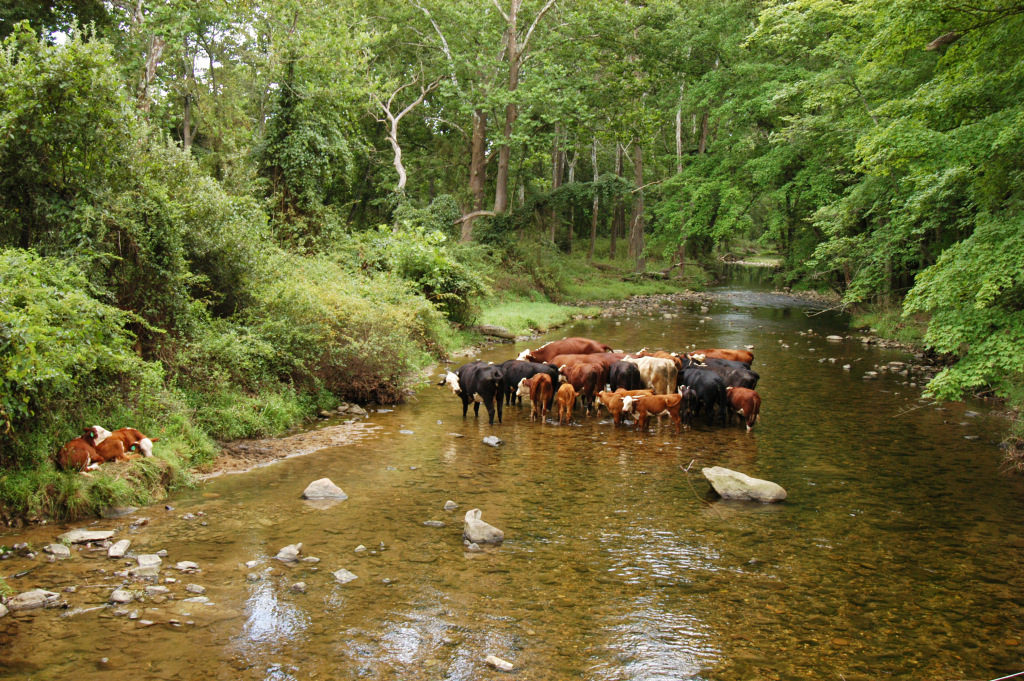
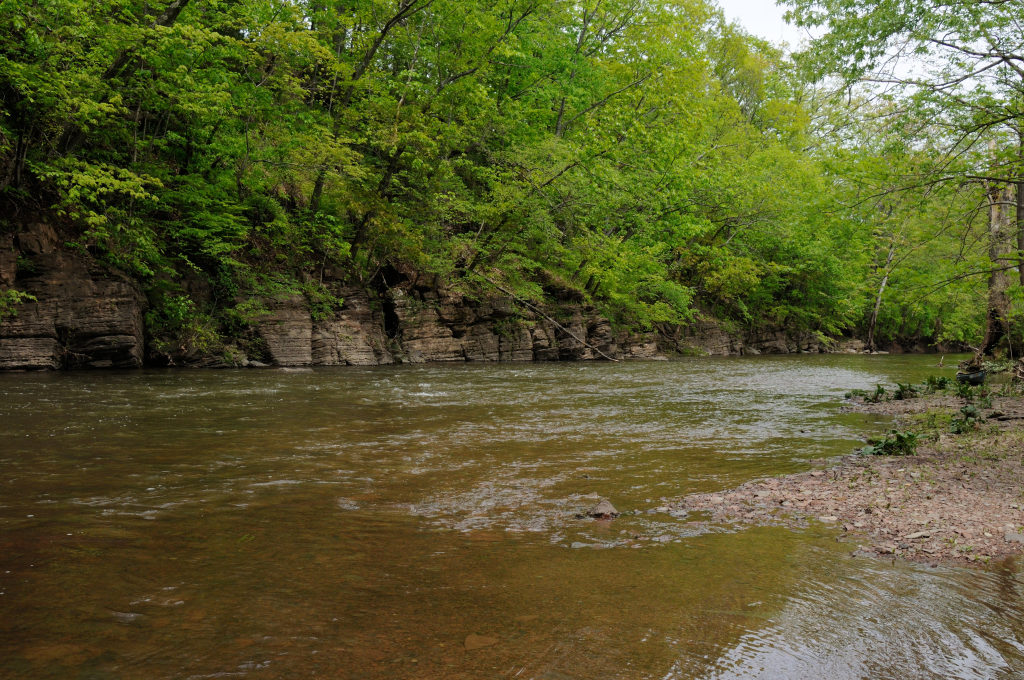
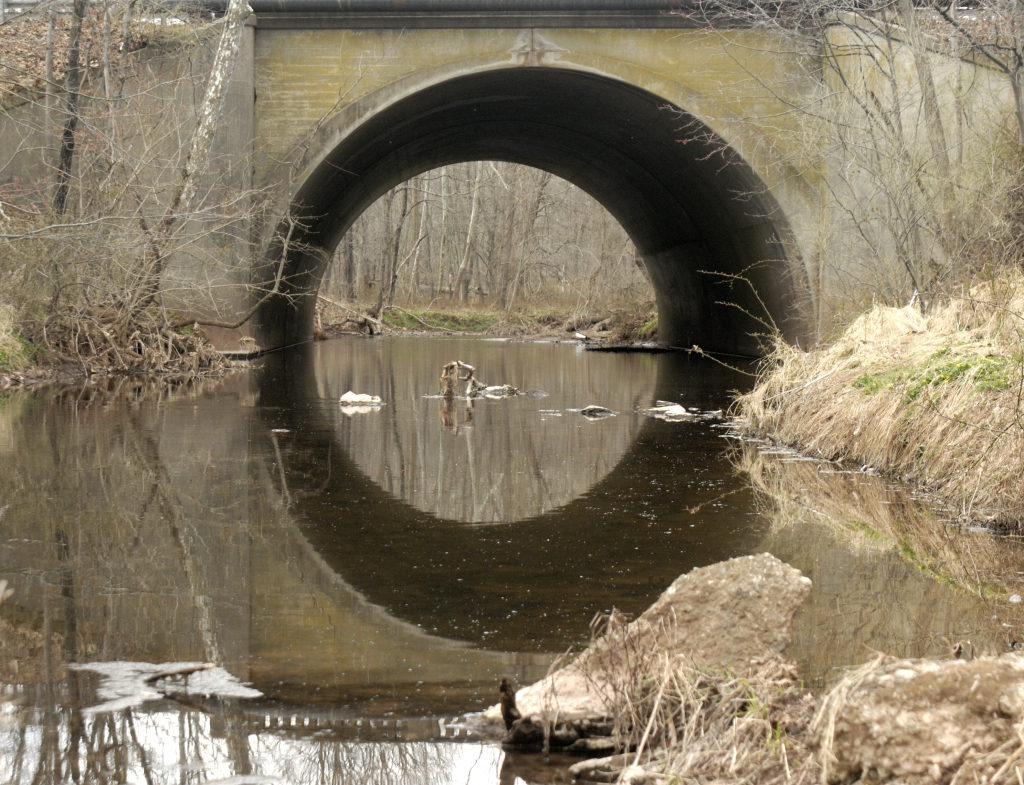
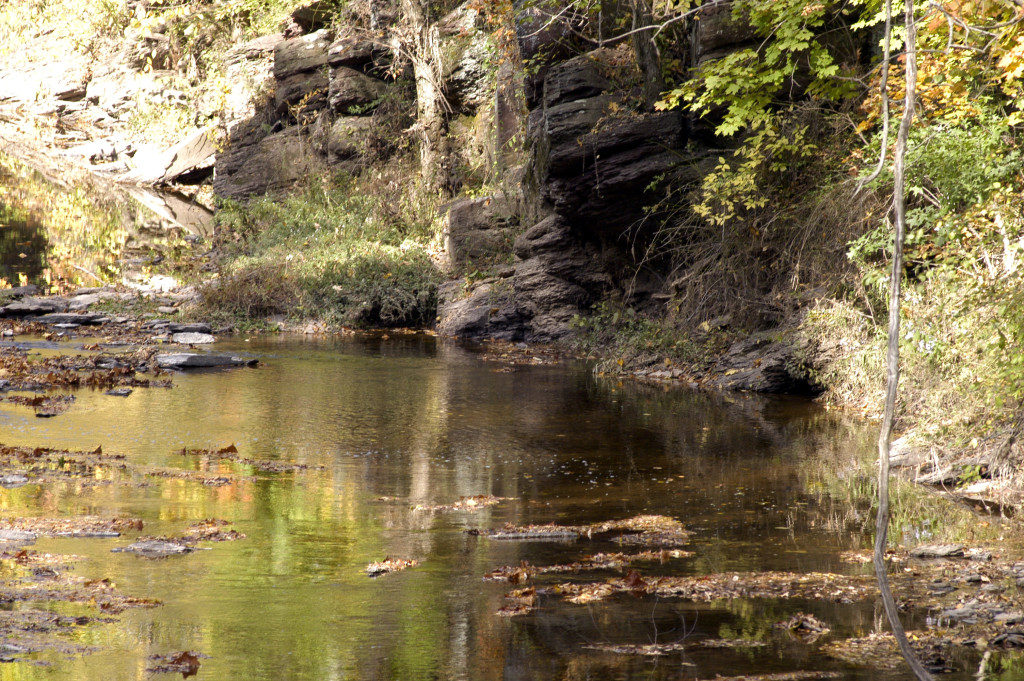
Author Joe Mish has been running wild in New Jersey since childhood when he found ways to escape his mother’s watchful eyes. He continues to trek the swamps, rivers and thickets seeking to share, with the residents and visitors, all of the state’s natural beauty hidden within full view. To read more of his writing and view more of his gorgeous photographs visit Winter Bear Rising, his wordpress blog. Joe’s series “Nature on the Raritan, Hidden in Plain View” runs monthly as part of the LRWP “Voices of the Watershed” series. Writing and photos used with permission from the author. Contact jjmish57@msn.com. See more articles and photos at winterbearrising.wordpress.com.
